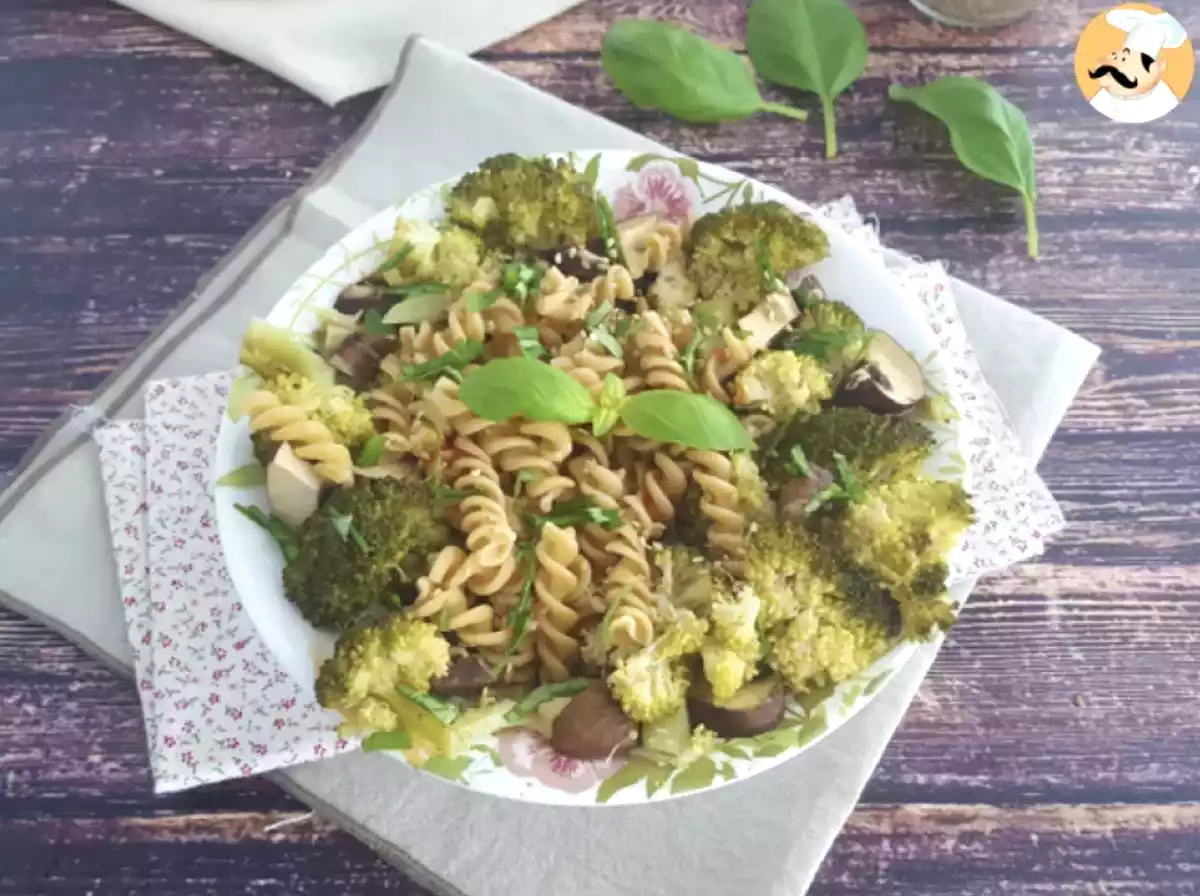Low glycemic index foods: here are the right carbohydrates for perfect health!

Food plays a vital role in our overall health. Among the many factors to consider, the glycemic index (GI) of foods is essential to understand how our bodies respond to carbohydrates. Opting for foods with a low GI can not only stabilize our blood sugar levels, but also provide many other health benefits.
Let's understand why:
What is the glycemic index (GI)?
The glycemic index is a scale from 0 to 100 that classifies carbohydrate-containing foods based on how quickly they raise blood glucose levels after consumption. Foods with a high GI (70 and above) cause a rapid rise in blood sugar, while those with a low GI (55 and below) cause a slower, more stable rise.
Why choose low GI foods?
Stabilizing blood sugar: Rapid fluctuations in blood sugar can cause spikes and dips in energy, which can contribute to fatigue and constant feelings of hunger. Low GI foods help maintain stable glucose levels, providing longer-lasting energy.
Diabetes prevention: A diet rich in high-GI foods is associated with an increased risk of developing type 2 diabetes, while choosing low-GI foods can reduce this risk by improving insulin sensitivity.
Weight control: Low GI foods are usually richer in fiber and nutrients, which contributes to a longer feeling of satiety. This can help control appetite and avoid the famous late-night snacking, promoting more effective weight control.
Heart health: A low GI diet can also reduce cholesterol and triglyceride levels, contributing to better cardiovascular health.
Low GI diet tips
Choose whole grains: replace white bread, white rice and pasta with whole grain versions.
Add vegetables: add lentils, chickpeas and beans to salads, soups and main dishes.
Prefer whole fruits: opt for whole fruits (with peel) instead of fruit juices to benefit from the additional fiber.
Limit refined sugars: reduce your consumption of sweets, sugary drinks and processed desserts.
Consume proteins and healthy fats: combine low-GI carbohydrates with lean proteins and healthy fats for a balanced meal.
Some foods with a low GI
Here are some suggestions for low glycemic index foods to incorporate into your diet:
Non-starchy vegetables: broccoli, spinach, cauliflower, peppers.
Fruit: apples, pears, oranges, cherries and berries.
Legumes: lentils, chickpeas, black beans, kidney beans.
Whole grains: oats, quinoa, barley and brown rice.
Nuts and seeds: almonds, cashew nuts, chia seeds and linseeds.
Dairy products: natural yogurt, skimmed milk.
Proteins: fish, chicken, tofu.
 Manon
Manon
Comments